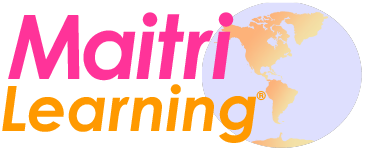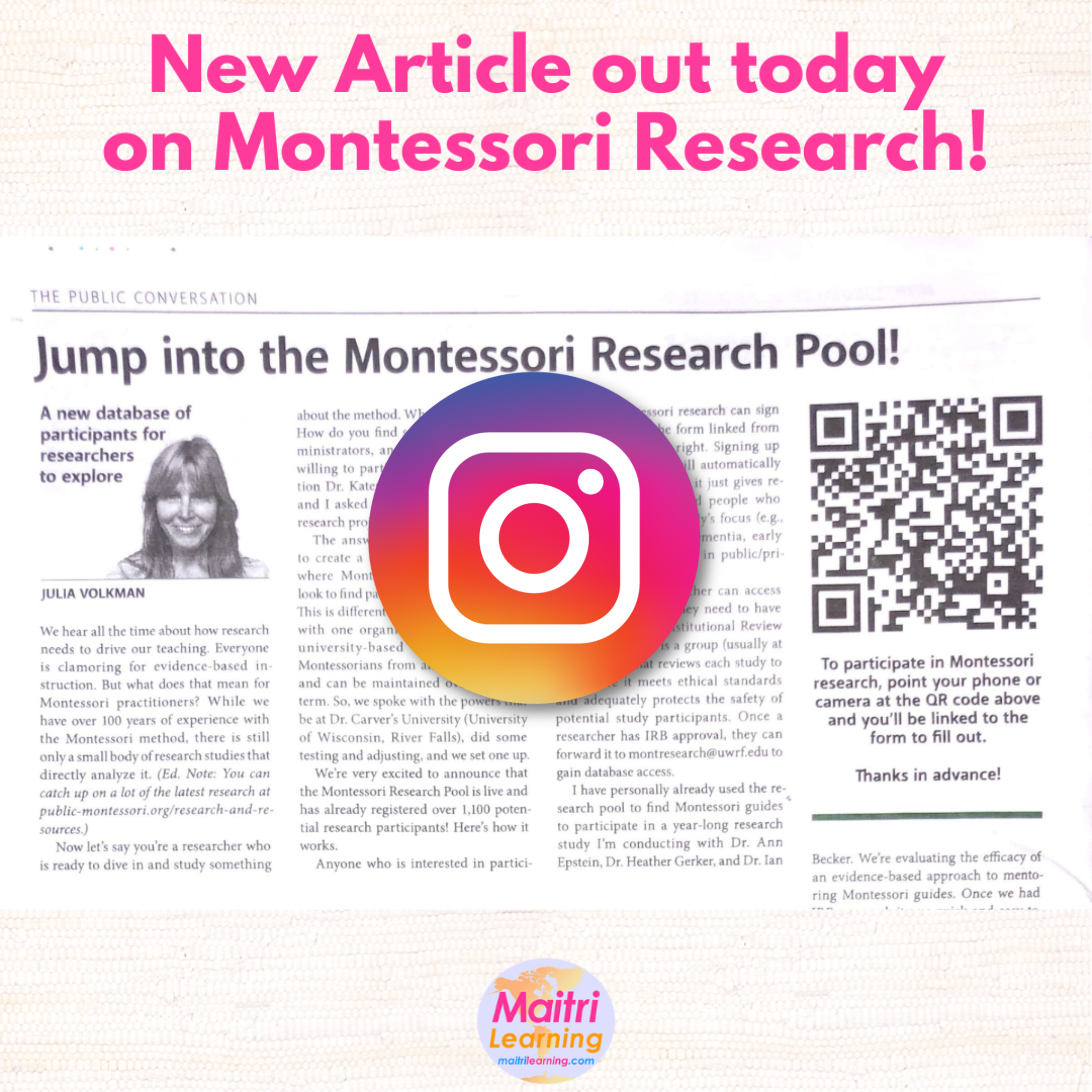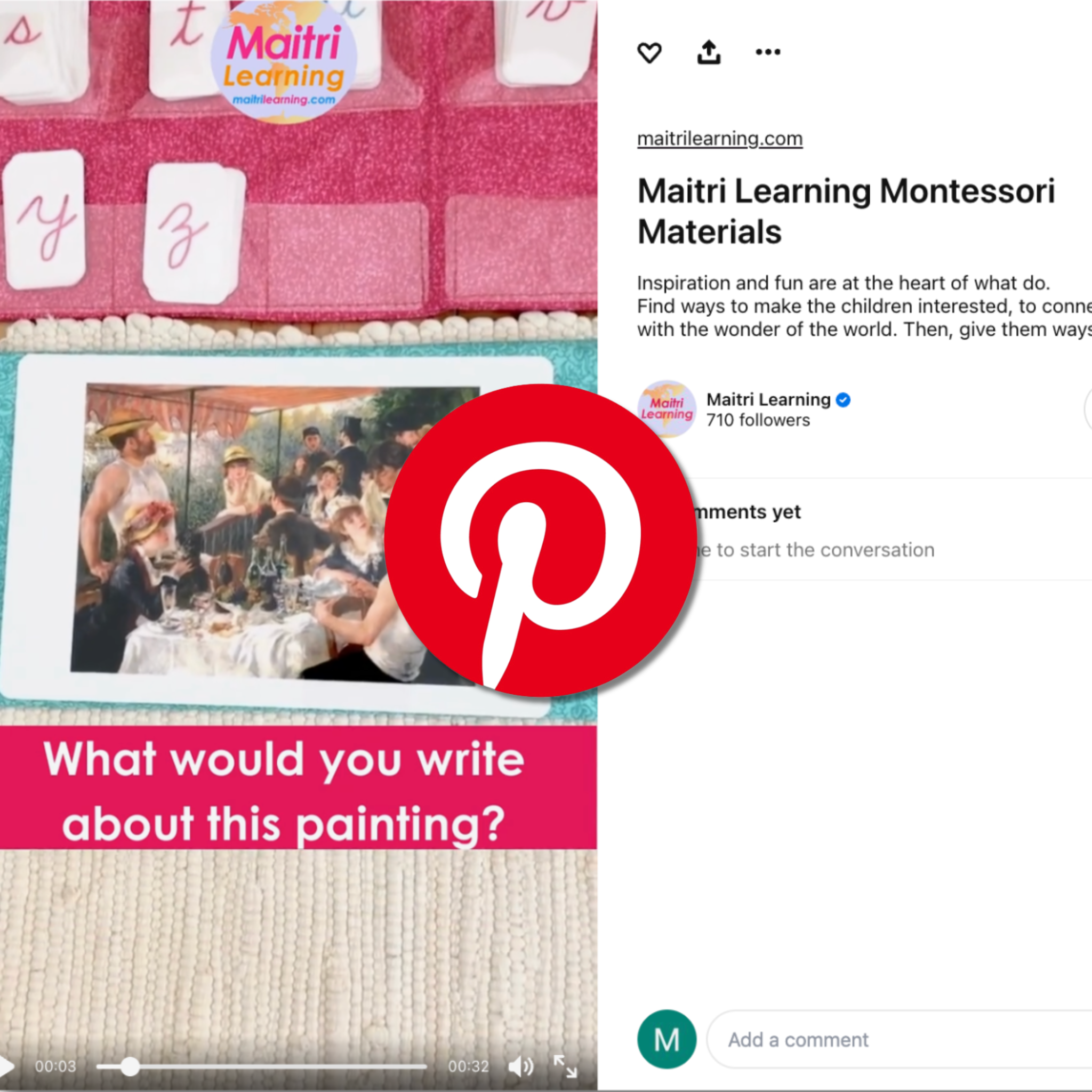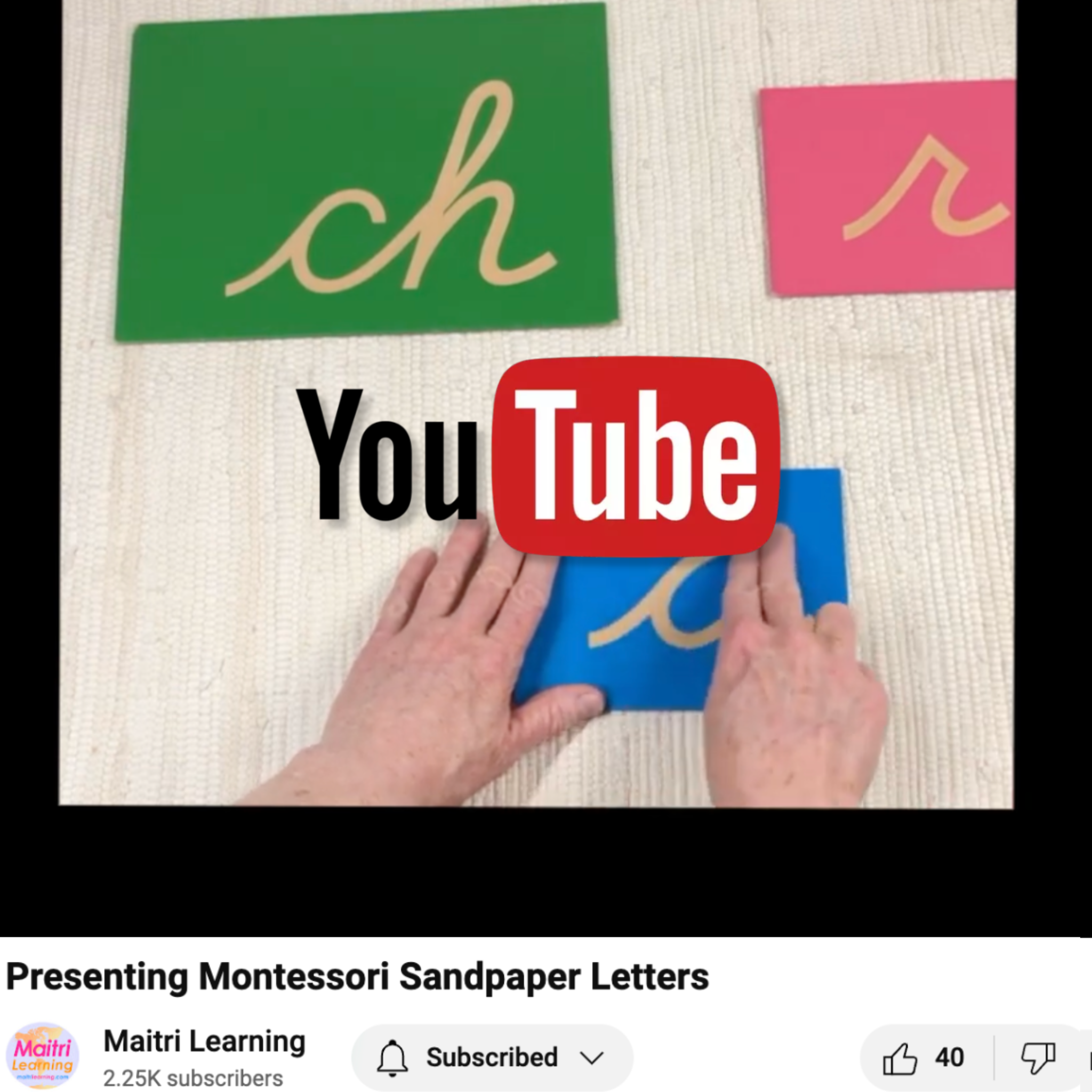Free Downloads
Materials to Make for the Children
Maitri Learning now offers digital materials that you can purchase to make materials for your children. This page includes the masters I used to create materials for my primary (3 to 6) classroom before I even started Maitri Learning. If you find anything out of date or have your own master you'd like to add to this collection, please send us an e-mail. If we all work together, we can make setting up a classroom much easier for those who follow! If you'd like suggestions on how to prepare your environment/classroom, go to our Lesson Plans page.
Keep in mind that our primary role in guiding the children through the curriculum is to free them to become independent in every way. With this in mind, we try not to rely on black-line masters. We want the children to be free to create their own art, their own work without being required to "stay within the lines." Rather than discourage their pencils, glue, chalk, watercolors, paints) so they can create whatever their hearts inspire.
Math Equation Masters
Make copies of these and cut them into small slips for the children to use when they perform mathematical operations using the golden beads and/or stamp game. There are two pages: one for addition, multiplication, and subtraction; and, the other for division.
Arithmetic Signs
Print these out on card stock or on paper to laminate and cut them into 3.25" squares (one symbol per square). Use them when you first introduce the signs for arithmetical operations. In my training, we did this as a 3-period lesson after the children had a lot of experience doing the operations with the bank game but before they started using the stamp game. Some trainings introduce them with the bank game.
Dot Game Paper
The Dot Game is an activity that helps prepare the child for abstract (memorized) addition. It is used after the child has a good deal of experience doing hands-on dynamic addition (with borrowing and exchanges) with the golden beads and stamp game.
Multiplication Charts
You can Print out the complete chart and the blind chart to use in finger chart activities. Remember that these come well after the child has begun unknowingly memorizing multiplication facts by using the golden beads, stamp game, multiplication bead bars, multiplication bead board, and squaring/cubing chains. Do not give this material too soon to the child! We must always ensure they have a concrete understanding of a mathematical concept before moving into abstraction (memorization).
Decimal Chart
This isn't the official elementary version, but it is the adaptation I created to help my son with his decimal place work. It works for him and you are welcome to it!
Room Labels
Labelling the classroom is a wonderful activity for your students who are reading. It helps to build vocabulary, deepen their connection to their environment, and spark renewed interest in the materials. First, give lessons on how the children can make their own labels for the environment. Then, use these prepared labels.
-
Labels for Practical Life/Everyday Living
-
Labels for Math
-
Labels for Sensorial
-
Labels for Language/Geography
-
Labels for The Farm (these are perfect for Function of Words work with the Farm)
Etiquetas en Español
Geography Map Labels
These pages include labels for political geography for all continents and topical geography/land and water forms (eg, lakes, mountains) for the globe, North America, and the United States. Considering the turmoil of governments, these labels may not be up to date. Also, there may be labels worth adding. If you find an error or have something to add, please send us an email and we will update the files.
Puzzle Words
This is a .doc file of high frequency American English words that do not follow the phonetic rules. They must be memorized. Move on to these once the child is a strong phonetic reader (including phonograms). Use the 3-period lesson (described in Maitri's Lesson Plans) to present 3 or 4 of these at a time.
US Presidents List
I bought a book with photos of all US presidents and made cards out of them. The older children would use this list to set the cards in order. What an impressive work! The list includes names and dates of each president's term in order. The structure of the brain is directly altered by the child's interactions with her environment. Really! So don't skimp on your work to prepare and maintain the classroom. It is critical that the environment we offer children be organized, free from clutter, logical, and aesthetically just plain lovely. If there is anything in your room above the child's eye level, take it down or cover it up. We must allow the eye to focus on what we have prepared for it. If you have storage or things only meant for teacher use, put them out of sight. We must not distract the eye with extraneous information.
Scissor Cutting
Use these to create paper strips for the children to use in cutting with scissors exercises. Remember that cutting paper is just one type of cutting exercise. You can also increase challenge, add interest, and provide preliminary exercises for other more complex activities by putting out twine, thread, yarn, cardboard scraps, etc.
Materials to Support Adults
Lesson Planning Book/Record Keeping (3 to 6+ Curriculum)
These books list the entire Montessori primary curriculum as included in the Maitri Learning albums. Read our blog post about how to use these books.
At the end of each day in the classroom, I made notes in these books. I made one book for each child and was more or less able to keep them up-to-date. On the front cover I wrote the child's name and put their sticker (the sticker matched their cubby hook and storage drawer sticker). Sometimes the child would bring me their book when they were looking for work. Sometimes I would ask them to bring me their book if they needed redirection and I couldn't think where best to send them or recall which lesson they needed. My assistant was also able to use these books to redirect children (I would write a sticky note and post it on the inside cover with a list of specific lessons I wanted to give or thought the child would like to repeat.)
-
PDF FILE 2 per page: This is ready to print double-sided on 8.5" x 11" paper (landscape)
Free E-Books
These books by Maria Montessori have been digitized by Google:
- The Montessori Method (1912) by Maria Montessori (Digitized by Google)
- The Advanced Montessori Method (1917) by Maria Montessori (Digitized by Google)
- Dr. Montessori's Own Handbook by Maria Montessori (Digitized by Google)
- Pedagogical Anthropology





